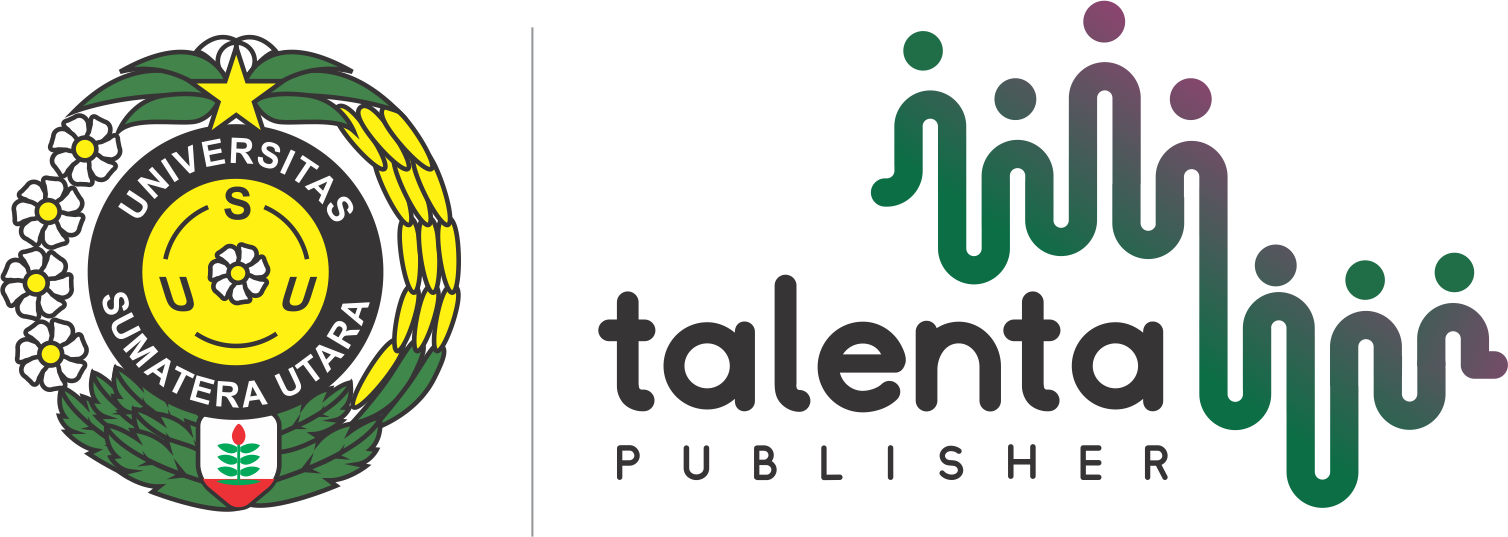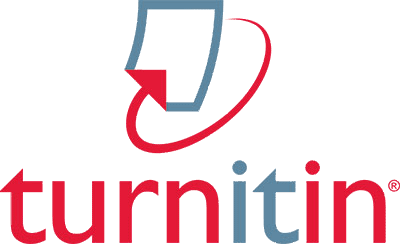Effect Of Hydroxyapatite Nanoparticle from Unam Snail (Volegalea Cochlidium) Shell on the Concentration of Alkaline Phosphatase in Osteoblast Cells (In Vitro)
| Authors | ||
| Issue | Vol 2 No 1 (2025): TALENTA Conference Series: Tropical Medicine (TM) | |
| Section | Articles | |
| Section |
Copyright (c) 2025 Talenta Conference Series: Tropical Medicinie (TM)  This work is licensed under a Creative Commons Attribution-NonCommercial-NoDerivatives 4.0 International License. |
|
| Galley | ||
| DOI: | https://doi.org/10.32734/tm.v2i1.2684 | |
| Keywords: | hydroxyapatite differentiation osteoblast cells unam snail shells | |
| Published | 2025-07-31 |
Abstract
One of the complications caused by periodontitis is bone loss; the treatment is bone grafting with bone graft material. Hydroxyapatite is a bioactive ceramic commonly used in bone healing and is the primary mineral present in mammalian bones and teeth. One source of HA powder is natural biological sources such as unam snail shells (Volegalea cochlidium). This research aimed to analyze the effect of hydroxyapatite nanoparticles from the Unam Snail (Volegalea coccidium) shell on the concentration of alkaline phosphatase in osteoblast cells in vitro. The fabrication of hydroxyapatite nanoparticles from Unam snail shells using a combination of mechanical-chemical methods known as ball mill and sol-gel. Osteoblast cells were isolated from rat calvaria and grown in a DMEM medium. Osteoblast cell differentiation was proven by examination of the alkaline phosphatase concentration and then reading it with an Elisa reader. The maximum average ALP concentration value was obtained at a concentration of 1.25 mg/mL on day 7, namely 70.38 ± 7.14 µL, then followed by the concentration of 2 mg/mL and control on the same day, namely 46.41 ± 3.10 µL and 44.51 ± 6.21 µL. The highest ALP concentration on days 1, 3 and 7 of all observation groups was obtained in the treatment group given Unam Snail (Volegalea cochlidium) shell hydroxyapatite nanoparticles at 1.25 mg/mL concentration. This study shows that administration of this material can increase the activity of differentiated osteoblast cells.





